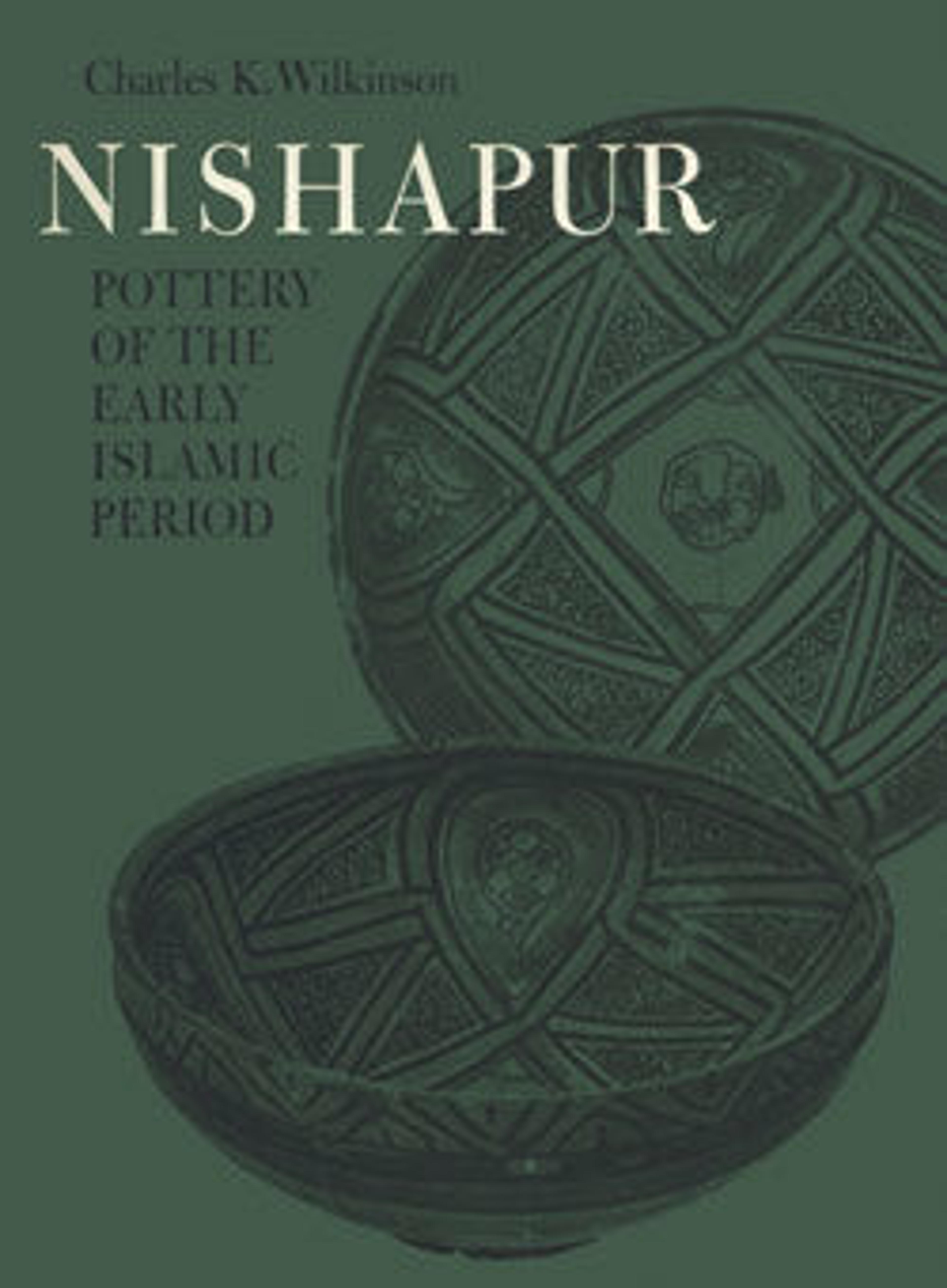Imported Luster Bowl
This luster ware bowl represents just one of the ceramic types from Iraq that was found in Nishapur. Its true metallic sheen—derived from a technique not known to Nishapuri potters—confirms that it was made in Iraq, and its single color dates it to the tenth century. Together with other examples, this bowl is evidence of the active trade between the two regions once Nishapur was incorporated into the Abbasid empire in the eighth century. It does not appear that Nishapur ceramics were very popular in the west, though; they only seem to have traveled in the immediate vicinity of Samarqand, Herat, and Merv, and perhaps to Kirman in southeastern Iran.
Artwork Details
- Title: Imported Luster Bowl
- Date: 10th century
- Geography: Made in Iraq. Excavated in Iran, Nishapur
- Medium: Earthenware; luster-painted on an opaque white glaze
- Dimensions: H. 1 1/2 in. (3.8 cm)
Diam. 4 5/8 in. (11.8 cm) - Classification: Ceramics
- Credit Line: Rogers Fund, 1940
- Object Number: 40.170.27
- Curatorial Department: Islamic Art
More Artwork
Research Resources
The Met provides unparalleled resources for research and welcomes an international community of students and scholars. The Met's Open Access API is where creators and researchers can connect to the The Met collection. Open Access data and public domain images are available for unrestricted commercial and noncommercial use without permission or fee.
To request images under copyright and other restrictions, please use this Image Request form.
Feedback
We continue to research and examine historical and cultural context for objects in The Met collection. If you have comments or questions about this object record, please complete and submit this form. The Museum looks forward to receiving your comments.
